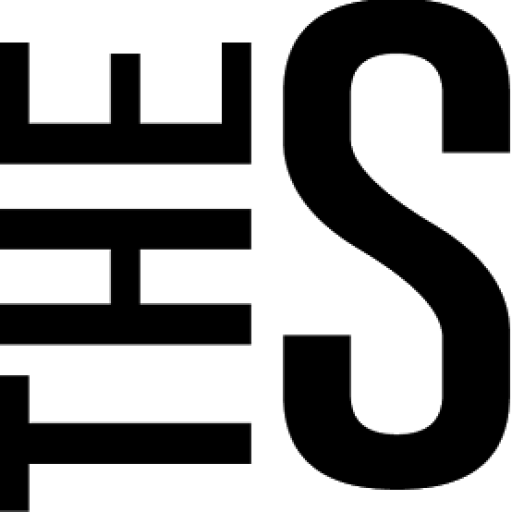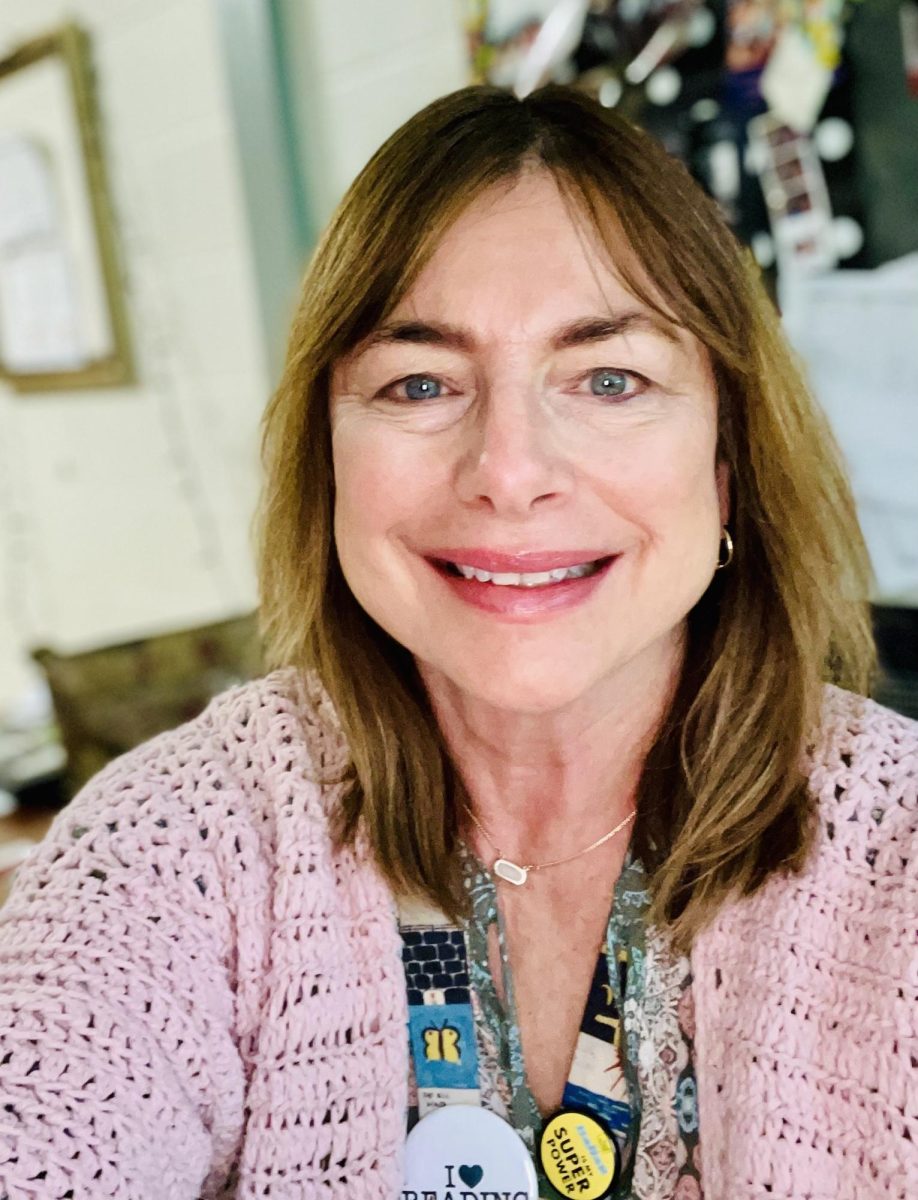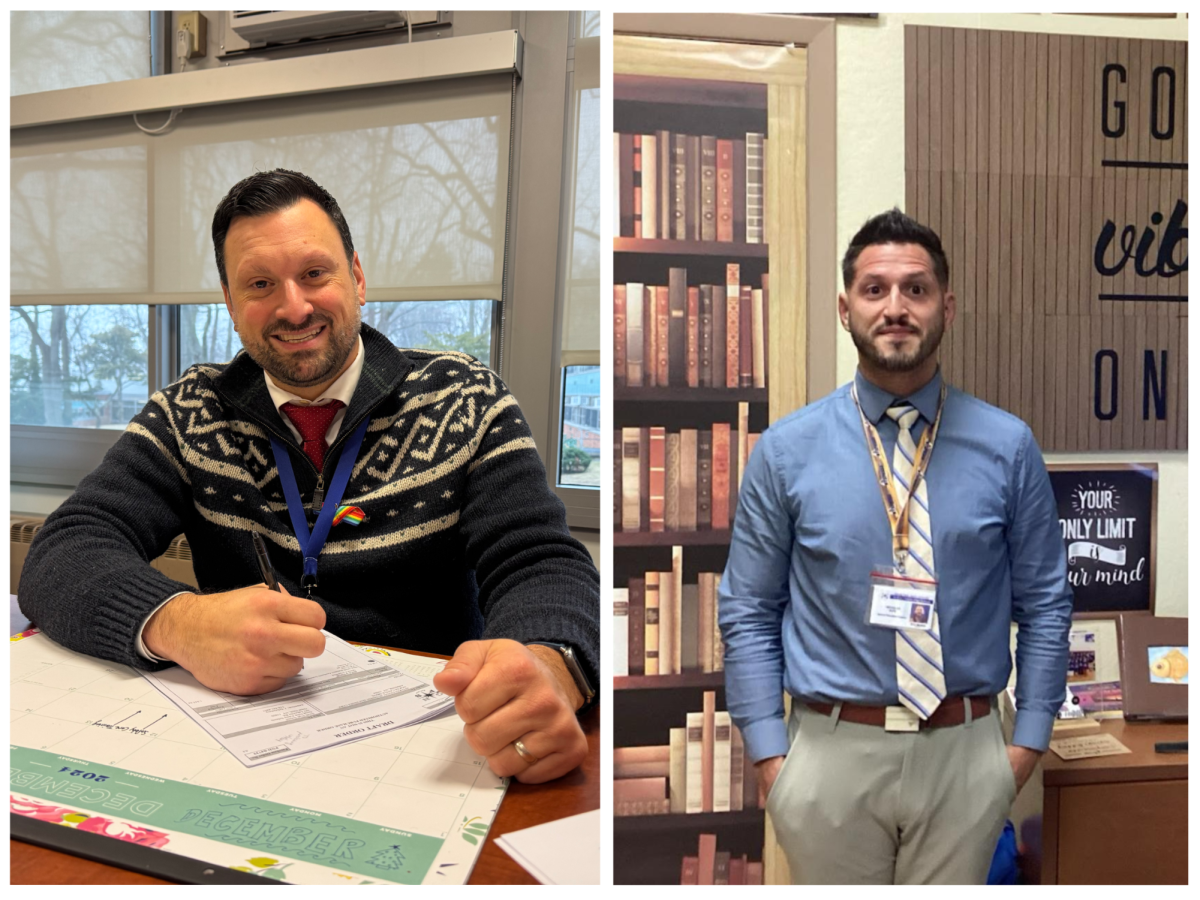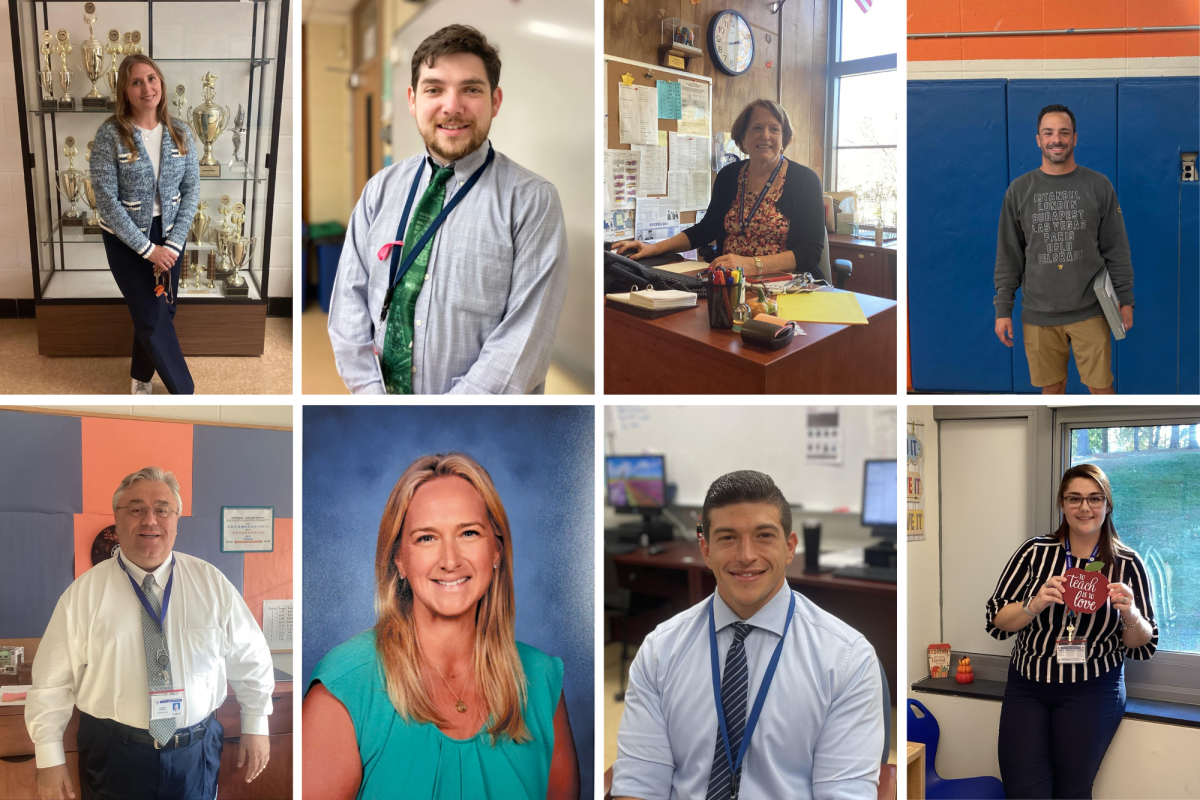By Cara Becker
Over the summer, high school students flock to professional labs to collect data. One way their success is measured is by advancing in the Regeneron Science Talent Search competition, the nation’s oldest science and math competition for high school seniors.
Science research teacher Dr. Carol Hersh said the competition looks for students who will be “future leaders with an unwavering commitment to research.”
Over 1,700 students from across the nation applied to the Regeneron Science Talent Search competition this year, and 300 were named semi-finalists on Jan. 4. Of the 17 who applied from South, six seniors were named semi-finalists: Lynn Hlaing, Matthew Ko, Olivia Lundelius, Rubin Smith, Yujia Su, and Jaysen Zhang.
The semi-finalists each won an individual $2,000 award and a $2,000 grant for our school. On Jan. 24, Regeneron recognized 40 students across the nation as finalists “based on the scientific rigor and world-changing potential of their research projects.”
Participating in the competition requires more than merely conducting an experiment, collecting data, and analyzing results. Students must individually complete a research project, submit a twenty-page research paper explaining their experiment, and compose several short essays about themselves.
Hlaing worked at Mount Sinai for two summers trying to treat Parkinson’s Disease. He targeted LRRK2, a protein that, when mutated, is the greatest genetic contributor to the disease. He studied “the effect of a different form of Vitamin B12 on LRRK2 both out of the cell and in human cells.” This vitamin decreased the activity of LRRK2.
Ko “looked at what happens to nuclear matter (protons and neutrons) at extremely high temperatures and densities,” and gathered data on how this matter cooled.
Lundelius created a program to differentiate between microfossils—materials paleontologists use in age-dating and paleontological reconstruction—and gravel by using Support Vector Machine (SVM) algorithms. With 98 percent accuracy, the program has the potential to automatically separate microfossils.
Smith studied the “correlation between times of rapid change in elevation and differentiation within mammal species.” He compared the average elevation over time in certain regions of the Sierra Nevada and Colorado Plateau with mammal diversity in the regions.
Su explored the effects of 1,2-Dichloroethane (EDC), a contaminant found in Long Island water, on the human nervous system. Su found that EDC limits energy for nerve cell activities, causing nerve cell death.
Zhang discovered a “pathway that demonstrates one way [to control] an abnormal metabolism found in certain cancers.” His experiment has the potential to regulate certain cancers.
The semi-finalists worked hard to produce their best work. Dr. Hersh attributes this to “their dedication to and understanding of their research field.” She added, “Success in Regeneron will continue to increase as we continue refining our research program.”







